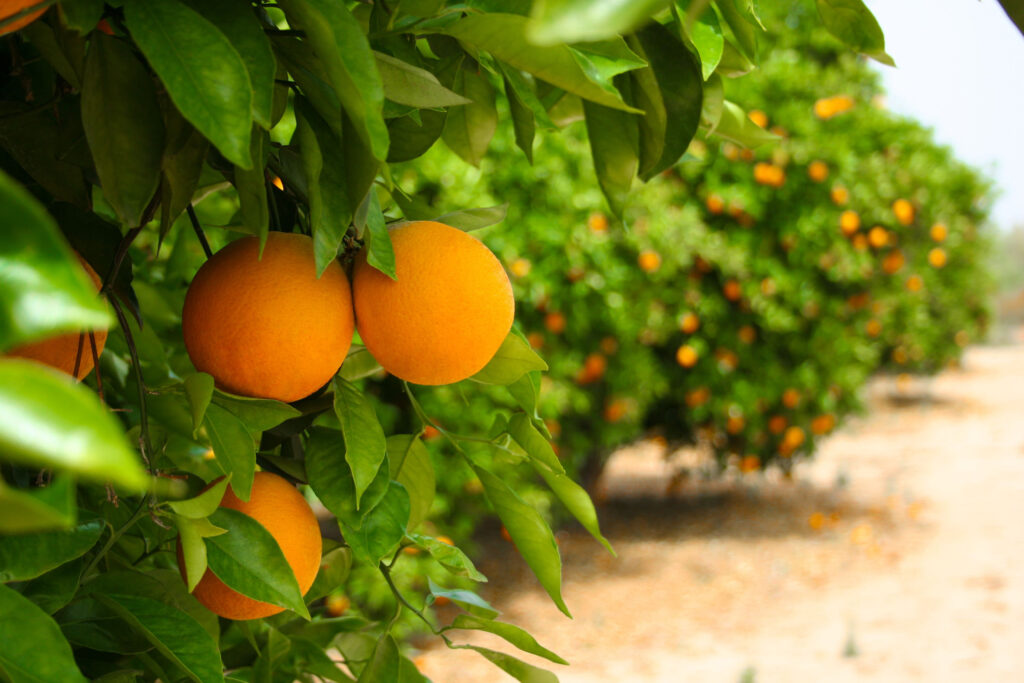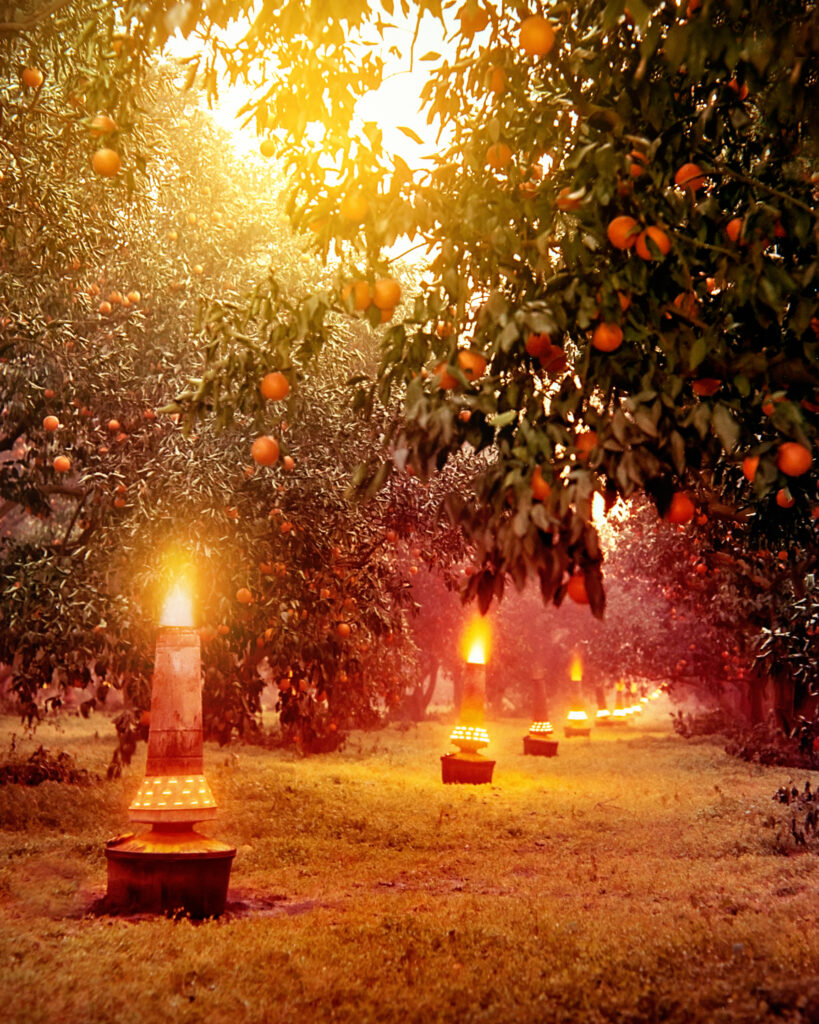Florida citrus season ends on sour note

Green orange tree, lots of fruits

[Stock photo]
The U.S. Department of Agriculture announced Florida growers produced enough oranges – mostly for orange juice – to fill 52.8 million 90-pound boxes, the industry standard, during the season that began late last summer.
The total is up slightly from a June forecast of 52.7 million boxes but below preseason expectations that growers would fill 57 million boxes. The current crop is also down from 67.3 million boxes in the 2019-2020 season.
As state citrus-marketing efforts ratchet up, Florida Citrus Commission Chairman Steve Johnson focused on the future.
“Next season’s crop is on the trees and the conditions in the groves are encouraging,” Johnson said in a prepared statement Monday. “With the support of state leaders who believe in Florida Citrus and recognize the important role this industry plays in our state, we head into the new season optimistic about the future.”
Florida growers have struggled for years against residential and commercial development, foreign imports, changes in beverage consumption habits and, since 2005, citrus greening, an incurable bacterial disease. But the commission, noting that the industry continues to support more than 33,300 jobs and provides a $6.76 billion annual economic impact to the state, is trying to capitalize on a reported increase in demand for orange juice during the early stages of the coronavirus pandemic.

Smudge pots line a citrus grove in Marion County during a cold snap in 1977. The pots were used to try and keep the temperature above freezing. [Jim Jernigan]
A few groves remain in Marion County, mostly in the Weirsdale area but the local industry never rebounded.
Seeking to build on the swing towards healthy breakfast options, Florida’s $101 billion budget for the fiscal year that began July 1 includes $27.7 million to support the citrus industry, with the biggest chunks going into marketing and research.
The state needs to continue “supporting our citrus industry with continued funding, research, and partnership in the years to come,” Agriculture Commissioner Nikki Fried said Monday.
“With consumers continuing to seek the immunity-boosting health benefits of citrus, Florida’s growers will keep bringing to market our state’s world-class citrus,” Fried said in a statement.
Outside of the citrus-growing season that was devastated by Hurricane Irma, the state output of oranges hasn’t been this low since the 1940s.
Twenty-five ago, Florida produced 203.3 million boxes of oranges and 52,350 million boxes of grapefruit.
This season, grapefruit production stood at 4.1 million boxes – the forecast for the season was 4.5 million boxes – and specialty crops came in at 890,000 boxes. The pre-season forecast for specialty crops – mostly tangerines and tangelos – was 1.1 million boxes.
Florida growers produced 4.85 million boxes of grapefruit and 1.02 million boxes of specialty crops a year ago.
The Ocala Gazette contributed to this report.





